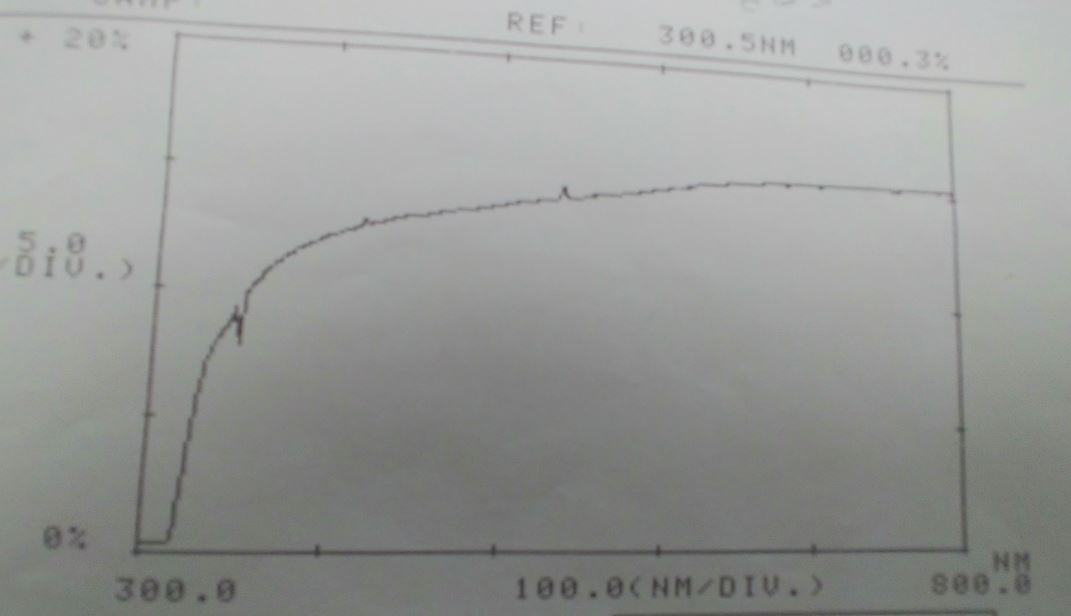3DPrinting
3DPrinting is a place where makers of all skill levels and walks of life can learn about and discuss 3D printing and development of 3D printed parts and devices.
The r/functionalprint community is now located at: !functionalprint@kbin.social or !functionalprint@fedia.io
There are CAD communities available at: !cad@lemmy.world or !freecad@lemmy.ml
Rules
-
No bigotry - including racism, sexism, ableism, homophobia, transphobia, or xenophobia. Code of Conduct.
-
Be respectful, especially when disagreeing. Everyone should feel welcome here.
-
No porn (NSFW prints are acceptable but must be marked NSFW)
-
No Ads / Spamming / Guerrilla Marketing
-
Do not create links to reddit
-
If you see an issue please flag it
-
No guns
-
No injury gore posts
If you need an easy way to host pictures, https://catbox.moe/ may be an option. Be ethical about what you post and donate if you are able or use this a lot. It is just an individual hosting content, not a company. The image embedding syntax for Lemmy is 
Moderation policy: Light, mostly invisible
view the rest of the comments



Neat. What sort of things could you figure out with this information?
Primarily color. This is transmission measurement meaning you shine light through the sample. This could be useful for determining the effect a case has on the color and brightness of a status LED. Additionally, you can compare filament rolls/batches to each other and ensure consistent visuals. Another example is you could place a UVA sensor protected within a PETG enclosure while it wouldn't work with SLA-printed shells. If you would use PLA you could get sensitivity into the UVB region. Additionally, you could use it vice versa: Protect for example a light sensor from UV-radiation by using SLA-printers (yellowing of that resin would be an issue so you might add pigments to it. In a nutshell, the pigments, black, absorb the light (turning it into heat) and it looks dark/colored for you. As there are "empty" spaces between those pigments it would still let "unfiltered" light through to the sensor). Other measurements can include basic reflection measurements. For this, you would need to remove the current sample holder and screw in the mirror arrangement. This is required for all the samples you can't shine light through. Far more measurements are possible with this device. Everything you need todo is swap the instrumentation within the sample compartment.
That's super cool, thanks for explaining it